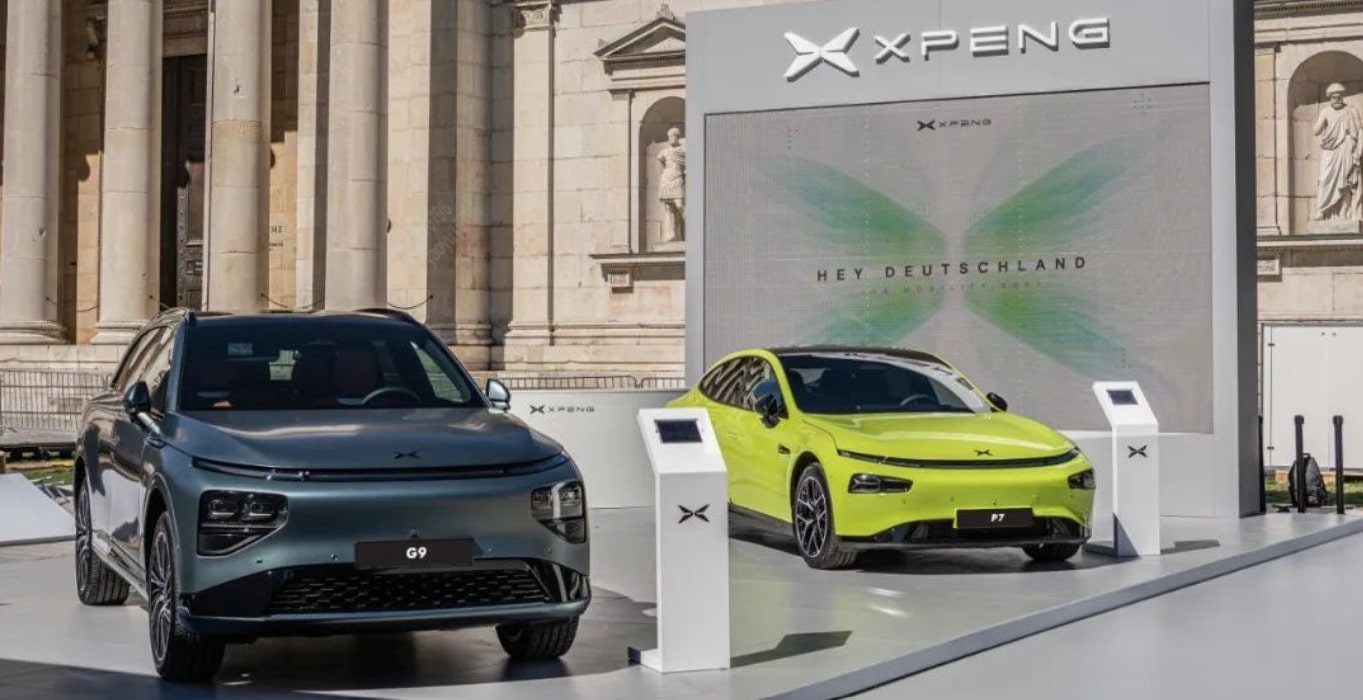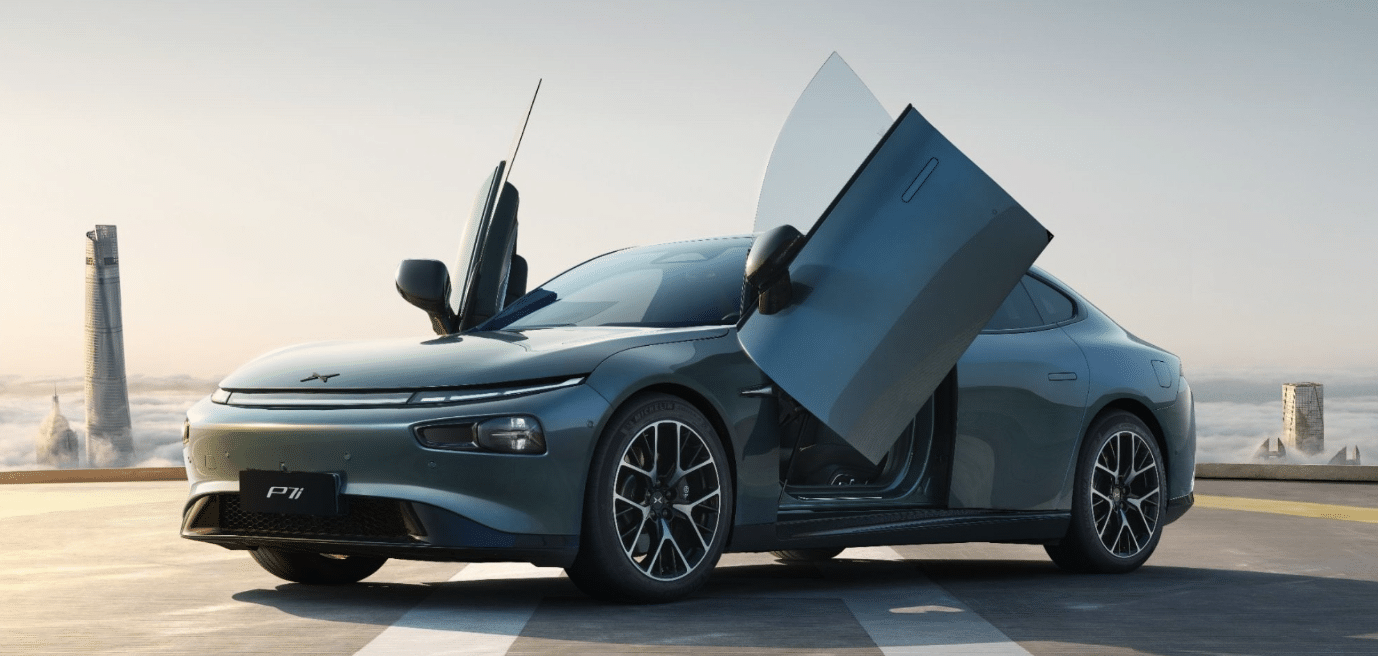He Xiaopeng, Chairman of Xpeng Motors and NPC representative, plans to propose suggestions during the 2024 NPC and CPPCC sessions, which start tomorrow, March 5th. His proposals focus on exploring regulations for limited-scenario autonomous driving, how to regulate flying vehicles, and accelerating the integration of new energy vehicles within the power grid. Xpeng is a key player in the autonomous driving sector with its XNPG intelligent driving tech and is the first automaker with plans to mass produce its flying car, the Land Carrier, next year.
In a statement regarding the proposed plans being presented to China’s governing bodies, Xpeng explains that the number of domestic new energy vehicles is continuously increasing, and the corresponding charging infrastructure is also growing rapidly. However, many challenges remain, such as insufficient power capacity and long investment return cycles. At the same time, the charging behavior of users is disorderly and scattered, which can cause instantaneous overloading of the power grid and exacerbate the structural contradictions in the current charging market.

In this context, Xpeng further explains that leveraging the autonomous driving capability of vehicles to achieve unmanned driving for night-time autonomous charging can potentially improve the supply-demand contradiction during daytime peak periods, enhance the utilization rate of charging infrastructure, fully utilize the advantages of surplus and low-cost nighttime electricity, and shift the electric load from active charging behavior to automated roaming services. However, there is still a lack of relevant policy and regulatory support for this.
To address this, He Xiaopeng suggests exploring the establishment of policies and regulations for low-speed autonomous driving in limited scenarios, conducting pilot applications of nighttime low-speed autonomous driving combined with charging, and shifting the electric load from daytime peak periods to nighttime off-peak periods by transforming the charging process from “finding a charging station by a person” to “finding a charging station by a vehicle.”
Mr. He proposes “promoting the top-level design of vehicle-grid interaction, establishing mature business models, unifying relevant standards, exploring more application scenarios, accelerating market-oriented promotion, promptly formulating and implementing a standard system for various aspects of vehicle-grid interaction, and clarifying electricity market trading mechanisms.”
Additionally, Mr. He plans to address the emerging market of flying cars. He acknowledges their potential in advanced transportation but highlights the lack of product regulations and certification efficiency. He suggests “accelerating top-level design, planning, and internationalization of standards for flying cars.” He proposes “building an operation system for flying cars, including driver certification, airspace management, and regulatory platforms.” Advocating for special research, industry guidance funds, infrastructure support, and financial tools to promote the high-speed development and commercialization of the flying car industry.

With the National People’s Congress beginning tomorrow, we will keep a close eye on how these ideas and proposals set forth by the CEO of Xpeng are received.
Source: BaiJiaHao and Xpeng




